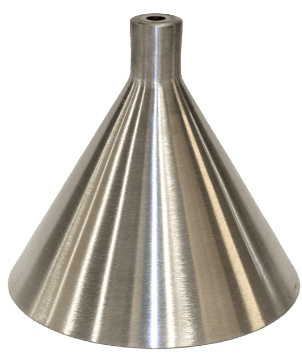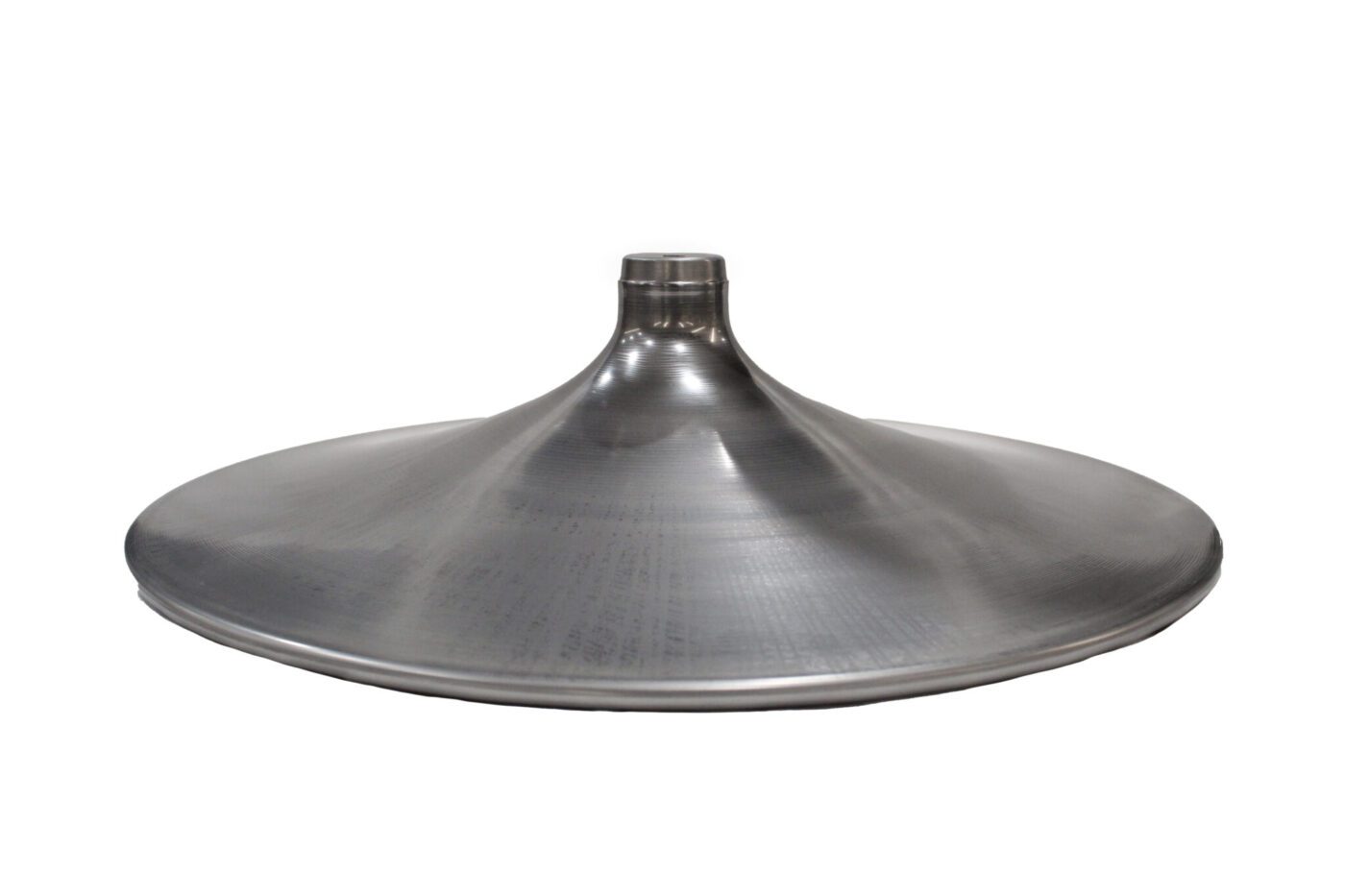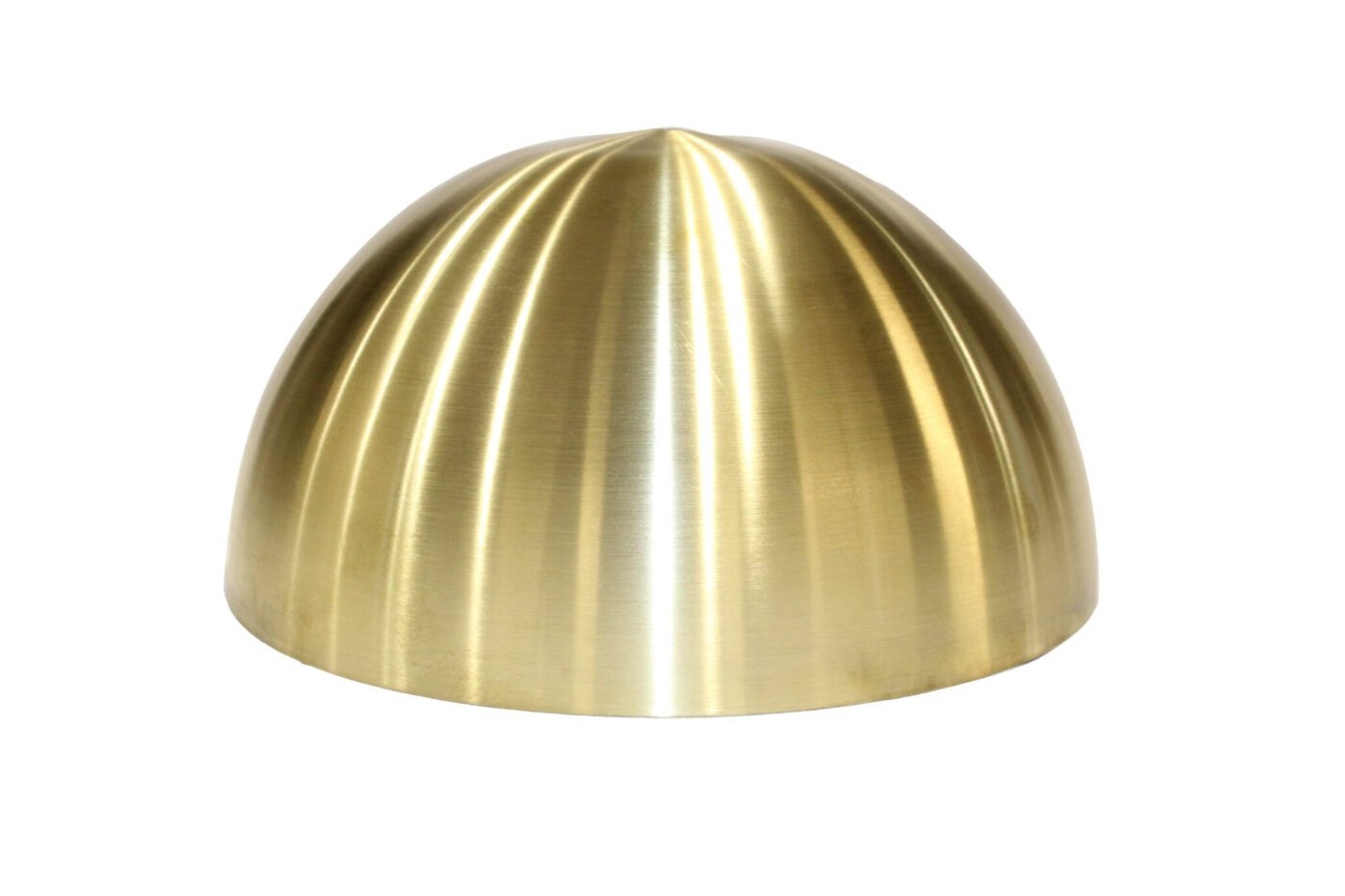
What Raw Materials Can Be Used?
Typically, the most common types of metals that are being spun in our shop are aluminum, stainless steel, and mild steel. Without getting into the deep specifics, different metals have different properties, so the preferred metal for cones and domes depends on the application of the part. Mild steel tends to be more cost-effective, but it is prone to rust under certain weather conditions. Aluminum won’t rust, but it is a much softer metal when compared with stainless steel.
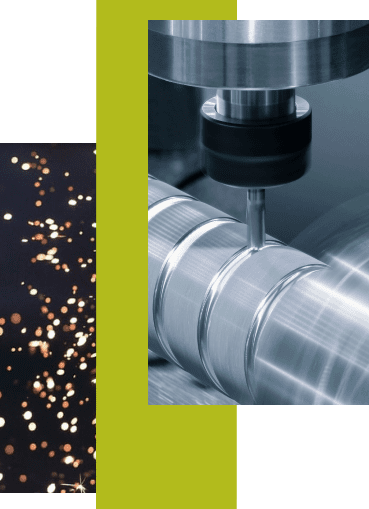
What Sizes Can Be Achieved?
Metal spinning, while intricate in its process, is a speciality in our shop. Whether it’s a job with small pieces for custom lighting fixtures or quantities of large components for an industrial application, our skilled team here at KRYTON has the expertise and equipment to deliver high-quality and consistent results.
The outside diameter of the cones can reach impressive sizes, typically ranging up to 50”, depending on the specific part.
The inside diameter of the cones and funnels we can metal spin is highly versatile, accommodating sizes as small as an inch.
For larger diameter cones, a rolling process is used, joined with a weld seam.
The domes boast a substantial outside diameter capability of up to 60”, limited by the material size availability rather than the machine.
A necessary inside diameter hole for the metal spinning tool is incorporated into the dome design—however, it can be conveniently plug welded in the different operation.
Here’s a chart of KRYTON’s metal spinning material thickness capability:
Mild Steel
⅜” (0.375”)
Stainless Steel
3/16” (0.1875”) or 7 Gauge
Aluminum
½” (0.5”) – Must Be O-Tempered
Cone/Funnel/Bell-Shape Capabilities
- The outside diameter of the cones can reach impressive sizes, typically ranging up to 50”, depending on the specific part.
- The inside diameter of the cones and funnels we can metal spin is highly versatile, accommodating sizes as small as an inch.
- For larger diameter cones, a rolling process is used, joined with a weld seam.
Dome/Hemisphere Capabilities
- The domes boast a substantial outside diameter capability of up to 60”, limited by the material size availability rather than the machine.
- A necessary inside diameter hole for the metal spinning tool is incorporated into the dome design—however, it can be conveniently plug welded in the different operation.
Thickness
Here’s a chart of KRYTON’s metal spinning material thickness capability:
Mild Steel
⅜” (0.375”)
Stainless Steel
3/16” (0.1875”) or 7 Gauge
Aluminum
½” (0.5”) – Must Be O-Tempered
Quality Control
- Our product quality control process is meticulous and thorough, ensuring the highest standard at every stage of production. Every new part undergoes a quality assurance inspection before every operation.
- For instance, after a flat blank is laser cut, it is immediately checked by our QC team. The same checks are applied after metal spinning the flat blank, trimming, 3D laser cutting, and any other processes that may be applied. This diligent process guarantees that every part meets the customer’s and our exacting standards before it leaves our facility.
- Finally, before a part is shipped to the customer, it undergoes one last comprehensive check, ensuring that what reaches our customer is nothing short of perfection.
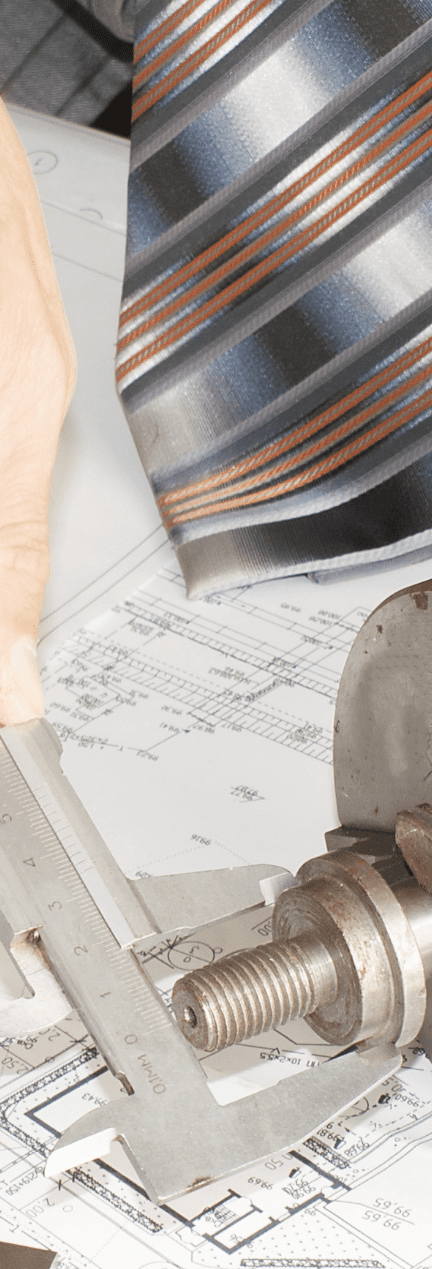
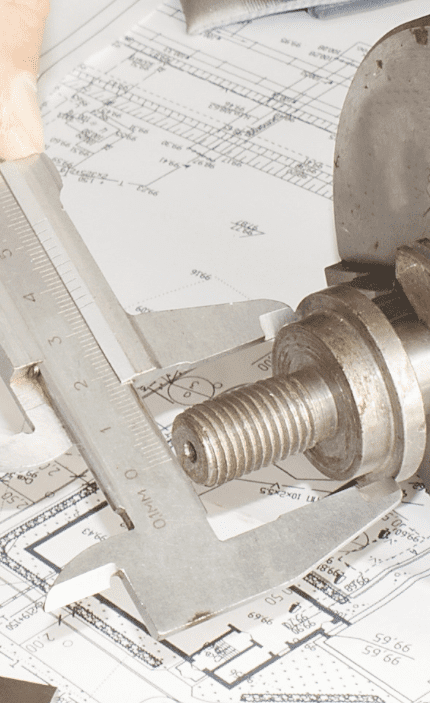
How Does Pricing Work?
Our sales and estimating team is at the heart of our pricing process, working diligently to provide customers with accurate and competitive quotes for our services.
Once a customer reaches out to the KRYTON customer service team or sales team for a part or product design they have in mind, the estimating team will determine the best approach to the design.
Let’s take our stainless steel funnel for example.
The estimators will conclude that the best approach to making a funnel will be to cut a flat blank on our laser cutter, spin the metal into shape, and trim it. For factors that most influence the cost, the estimators will look at using
stainless steel instead of mild steel for better environmental protection, using the appropriate thickness, and reducing operations wherever possible to reduce the quoted price for the customer.
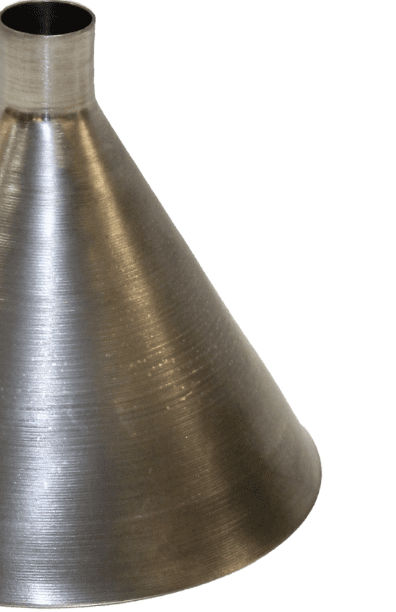
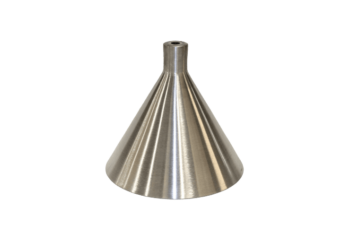
Wrapping Up
If you’re interested in learning more about our services, wanting a deeper understanding of our capabilities, or simply obtaining a quote for your project, don’t hesitate to contact our KRYTON team. We’re always ready to turn your ideas into reality with our state-of-the-art metal spinning techniques.


